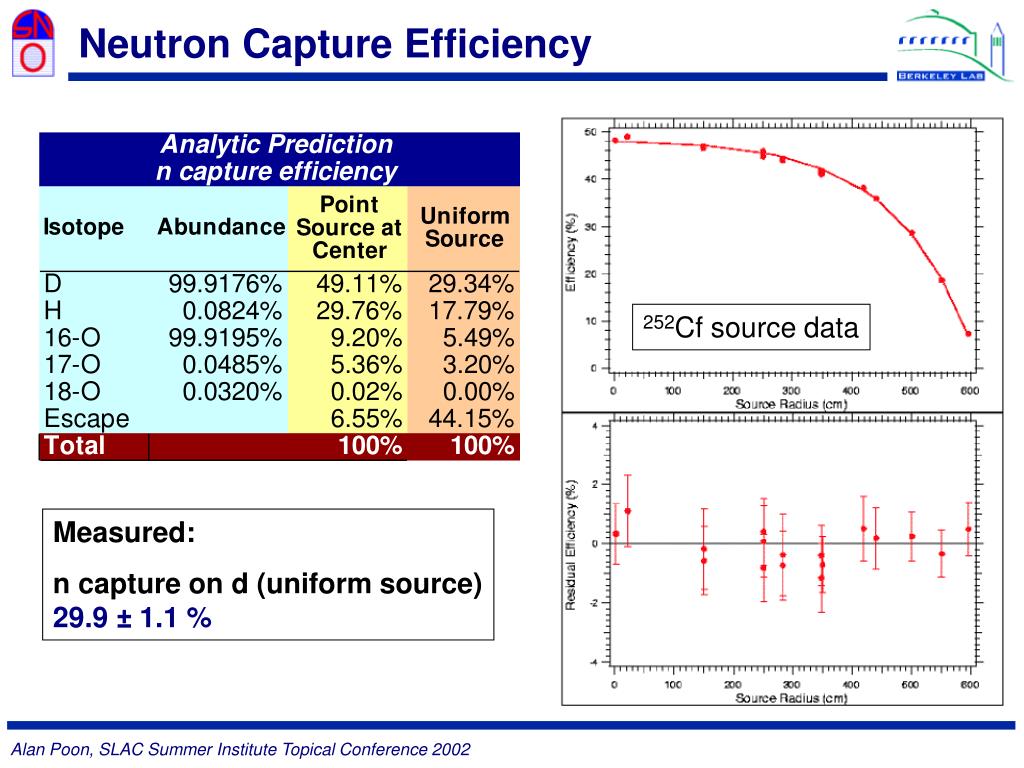

The intense gravity of neutron stars requires scientists to use the general theory of relativity to describe the physical properties of neutron stars.

Scientists have created a hotter version of this freed “quark matter” in the Relativistic Heavy Ion Collider and the Large Hadron Collider. Many theories predict that the core of a neutron star compresses neutrons and protons, liberating the quarks of which they are constructed. “It goes to the point of almost being ridiculous.”īecause they’re so dense, neutron stars provide the perfect testbed for the strong force, allowing scientists to probe the way quarks and gluons interact under these conditions. “Everything about neutron stars is extreme,” says James Lattimer, a professor at Stony Brook University. The magnetic fields of neutron stars can be a billion times to a million billion times the magnetic field on the surface of Earth. The gravity is strong enough to flatten almost anything on the surface. Neutron stars have some of the strongest gravitational and magnetic fields in the universe. It’s been speculated that if there were life on neutron stars, it would be two-dimensional. Here are some fascinating facts to get you acquainted:Ģ. These extreme objects offer intriguing test cases that could help physicists understand the fundamental forces, general relativity and the early universe. “It’s the next to last stop on the line.” If a neutron star were any denser, it would collapse into a black hole and disappear, Alford says. Despite that, they have about 1.5 times the mass of our sun. Although scientists are still working on pinning down their exact diameter, they estimate that they’re somewhere around 12 to 17 miles across, just about the length of Manhattan. Neutron stars are pretty small, as far as stellar objects go. The electron clouds have all been sucked in, and the whole thing becomes a single entity with electrons running around side-by-side with protons and neutrons in a gas or fluid. In neutron stars, the atoms have all collapsed. All the of mass is in the little lead pellet in the middle, and there’s this big puffy cloud of electrons around it like cotton candy.” “Imagine a little lead pellet with cotton candy around it,” Alford says. As a massive star dies, expelling most of its guts across the universe in a supernova explosion, its iron heart, the star’s core, collapses to create the densest form of observable matter in the universe: a neutron star.Ī neutron star is basically a giant nucleus, says Mark Alford, a professor at Washington University.


 0 kommentar(er)
0 kommentar(er)
